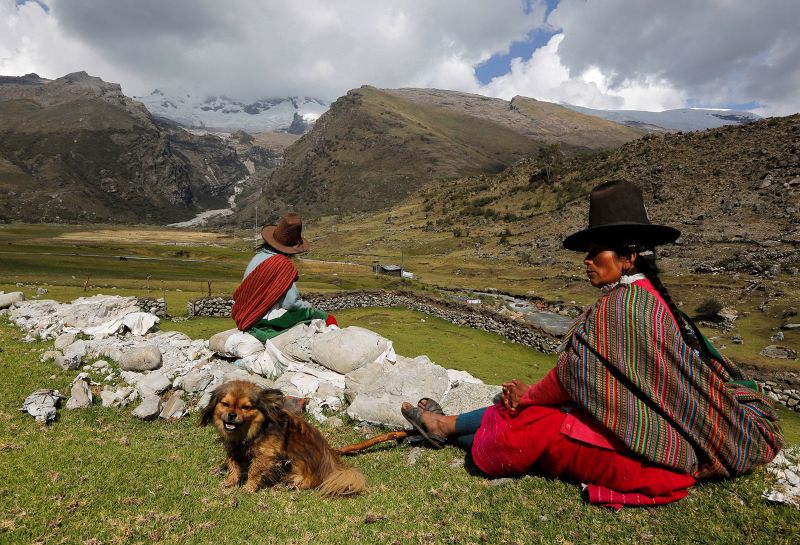
Peru Faces Severe Water Crisis as Glaciers Rapidly Vanish

Peru's water reserves suffer a devastating blow as tropical glaciers melt rapidly, causing a staggering 56% loss in just six decades, reveals a recent government inventory Climate change is the underlying culprit
In the last sixty years, Peru has experienced a 56% loss of its tropical glaciers due to climate change, as revealed in a recent government inventory. With 68% of the world's tropical glaciers located in Peru, rising temperatures have resulted in melting and the formation of new mountain lagoons, posing the risk of overflow and flooding, according to the National Institute of Research of Mountain Glaciers and Ecosystems.
The report, based on satellite imagery up to 2020, indicates that 2,084 glaciers are currently covering 1,050 square kilometers (405 square miles) in Peru, compared to the 2,399 square kilometers of ice and snow in 1962.
"From 2016 to 2020, we have lost nearly 6% of these high mountain glaciers," stated Beatriz Fuentealba, the director of the institute, speaking from the Ancash region where many glaciers have vanished.
In the past four years, a total of 164 new glacial lagoons have either formed or are in the process of formation, leading to a total of 8,466 lagoons covering approximately 1,081 square kilometers.
Shepherdess Narcisa Cornelio, right, and her daughter, Nancy Condor, resting in front of the Hualcan glacier in Ancash, Peru.
Mariana Bazo/Reuters/FILE
Jesus Gomez, the director of glacier research at the Ministry of the Environment, expressed concerns about the new lagoons potentially becoming water reserves in the future. He emphasized the risk of overflow and flooding due to their high altitude. The report stated that almost all of Peru's tropical glaciers are located above 6,000 meters (19,685 feet) above sea level, while the new lagoons are situated at an altitude ranging from 4,000 to 5,000 meters.
Nearly 20 million Peruvians either directly or indirectly rely on the water from glaciers, as reported. Environment Minister Albina Ruiz stated, "This indicates that we have depleted over 50% of our water reserves," highlighting the impact of glacial retreat on the mountain ecosystem.
She emphasized the need to focus on reducing the speed of glacier loss, citing the importance of less pollution and more green areas. She also stressed the crucial role of mountains in sustaining life.







